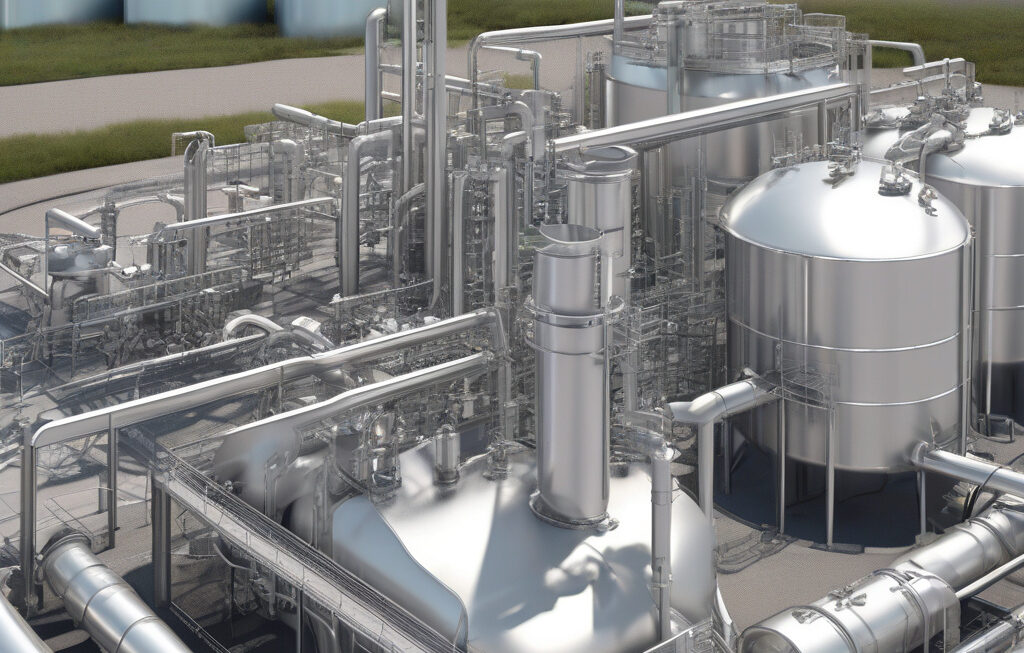Michigan Chemists Transform Captured Carbon into Next-Gen Construction Cement
What if tomorrow’s buildings were made from today’s pollution? Michigan researchers are making it happen. A team of innovative chemists from the University of Michigan has developed a groundbreaking technology that could revolutionize the construction industry by turning captured carbon dioxide into a sustainable alternative for traditional cement production.
The cement industry is known for its significant carbon footprint, contributing to approximately 8% of the world’s carbon dioxide emissions. With the increasing focus on sustainability and the urgent need to combat climate change, finding eco-friendly alternatives to reduce the environmental impact of construction materials has become a top priority.
This is where the Michigan chemists’ pioneering work comes into play. By utilizing captured carbon dioxide, typically sourced from industrial facilities or directly from the atmosphere, they have devised a novel method to produce a new type of cement that not only helps reduce greenhouse gas emissions but also offers enhanced performance compared to conventional cement.
Traditional cement production involves high-temperature kilns that release large amounts of CO2, making it a major contributor to global warming. In contrast, the innovative process developed by the Michigan researchers traps carbon dioxide during the cement formation, effectively sequestering the greenhouse gas and preventing it from being released into the atmosphere.
Moreover, the new carbon-negative cement boasts superior durability and strength, making it an attractive option for a wide range of construction applications. From skyscrapers and bridges to roads and tunnels, this next-generation cement offers a sustainable solution without compromising on performance or quality.
In addition to its environmental benefits and structural advantages, the Michigan chemists’ carbon-based cement also has the potential to drive innovation and economic growth in the construction sector. As sustainability becomes a key differentiator in the market, companies that adopt eco-friendly building materials stand to gain a competitive edge and meet the growing demand for greener infrastructure.
Furthermore, the scalability of this technology means that it has the capacity to make a significant impact on a global scale. By transforming captured carbon into a valuable resource for the construction industry, the potential for reducing carbon emissions and mitigating climate change is immense.
As the world transitions towards a more sustainable future, initiatives like the one led by the Michigan chemists offer a glimpse of the possibilities that exist when science, innovation, and environmental stewardship converge. By harnessing the power of chemistry to transform pollution into a building block for a better tomorrow, we pave the way for a greener, more resilient world.
In conclusion, the transformation of captured carbon into next-generation construction cement represents a paradigm shift in the way we think about sustainable building materials. With its potential to revolutionize the construction industry, mitigate climate change, and drive economic growth, this innovative technology holds the key to a more sustainable and prosperous future for generations to come.
Michigan, Chemists, Carbon, Construction, Sustainability.












